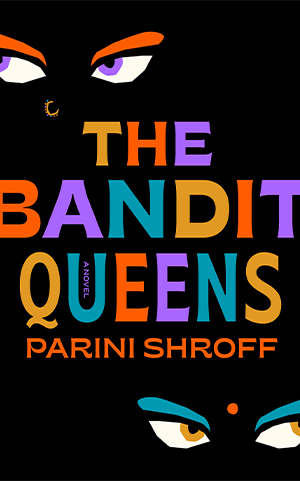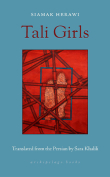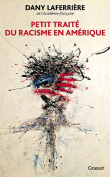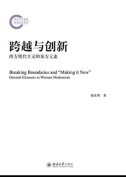The Bandit Queens by Parini Shroff
 New York. Ballantine Books. 2023. 352 pages.
New York. Ballantine Books. 2023. 352 pages.
Parini Shroff’s debut novel, The Bandit Queens, uses the story of Phoolan Devi (the “Bandit Queen”) as a vehicle to consider the violence women endure when at the mercy of patriarchal cultural structures—and what means are available to them to resist such violence. The protagonist, Geeta, has been living for years as a perceived “childless churrel-cum-murderess” after the disappearance of her husband, Ramesh. The stigma and fear attached to her has allowed her a mobility and invisibility that she has come to appreciate. Societal gender norms are not imposed upon her, a cypher who is not quite cast out of the community.
Geeta is part of a community of women who have taken microloans to create their own businesses. The women do not particularly like Geeta, but when Farah, the only Muslim woman in their community, misses her payment, Geeta covers the cost. When Geeta sees Farah’s bruises, she knows that the latter’s husband has once again physically abused his wife. Farah, assuming Geeta killed her own husband, asks for Geeta’s help in ending her abuse by killing her husband. When the local widower Karem invites Geeta into the city with him (little does he know she is there to purchase materials to murder the abusive husband), their encounter with an organized crime family leads to Geeta finding herself in danger and, moreover, the owner of a blind dog she aptly names Bandit in honor of her hero.
Geeta and Farah’s darkly comedic journey of finding a way to kill the husband successfully begins a Phoolan Devi-esque vendetta against the violent husbands of the women in the microloan group. In their homes, the women have suffered from acid burns, marital rape, financial ruin, and physical abuse—meanwhile, young girls are being assaulted as they use the newly installed public bathrooms. The group of Bandit Queens finds that the only way they can end their terrors is to end the lives of their tormentors, even though they acknowledge that the systemic violence will only change when the patriarchal norms unravel in rural India. The perceived impossibility of women enacting such crimes enables them to do just that. As Saloni, Geeta’s childhood friend, reminds her, “Because we are middle-aged housewives. Who’s more invisible than us? We can get away with murder.” And they do.
Shroff is careful to complicate Devi’s actions as Geeta continues to wonder about Devi’s life and motivations. While Geeta has a simplistic view of the Bandit Queen early in the novel—she has a photo of Devi in her room as inspiration—by the end and through her own journey of being forced to use violence to survive in a patriarchy, Geeta has situated Devi within a larger cultural context that asks the reader to consider what needs to happen at a structural level in order for women to find safety and liberation.
Colleen Lutz Clemens
Kutztown University































